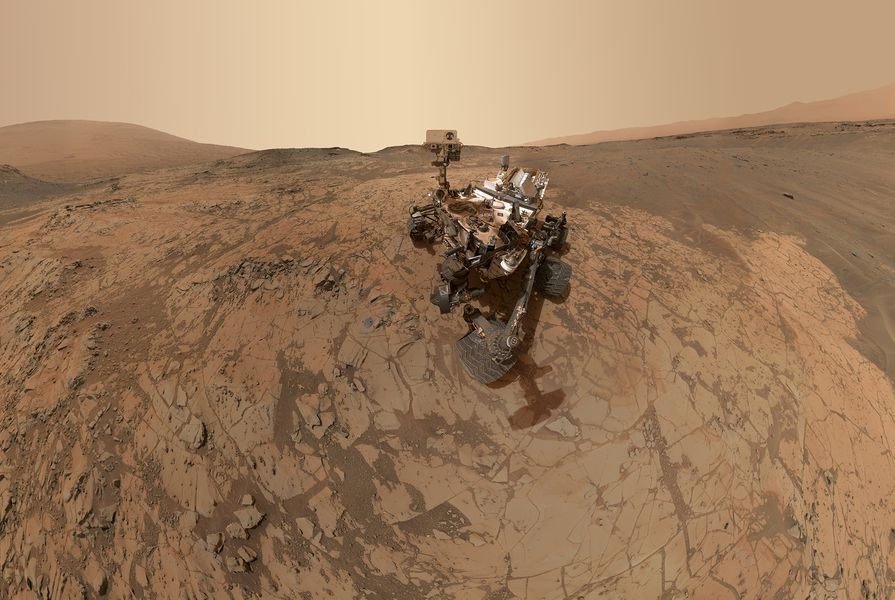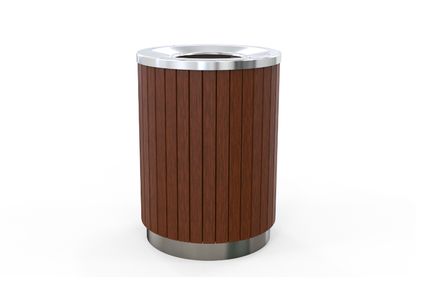NASA has launched a design competition for extra terrestrial building using additive manufacturing technology.
The competition challenges the public to design and build a 3D printed structure capable of sheltering humans in deep space and other planets including Mars.
3D printing technology offers the capability of making buildings from indigenous materials, such as the red dust on Mars, or a combination of indigenous materials and waste product from a spacecraft.
The first phase of the competition calls for architectural concepts that utitilize the capabilities of additive manufacturing. The best 30 submissions will be judged at the 2015 Word Maker Faire in New York. Prizes totalling $50,000 will be awarded including: US$25,000 (A$31,399) for first prize; US$15,000 (A$18,834) for second prize; and US$10,000 (A$12,556) for third prize.
Phase two is divided into two levels: the first, Structural Member Competition, focuses on the technology required to manufacture structural components; the second, On-site Habitat Competition, requires participants to fabricate a full scale building. Winners of each level will be awarded US$1.1 million (A$1.38 million).
Foster and Partners’ design of a 3D printed moon base for the European Space Agency.
Image: Foster and Partners
The competition is organized in conjunction with America’s National Institute of Additive Manufacturing Innovation Institute, commonly known as America Makes. The challenge seeks to advance the technology that will help NASA reach its goal of sending humans to Mars by 2035.
“[3D printing] technology is extremely important to deep space exploration,” said Sam Ortega, program manager of NASA’s Centennial Challenges. “This challenge definitely raises the bar from what we are currently capable of.”
But like many of NASA’s innovations that have made an impact on the earthly built environment (solar panels for example), the results of this challenge can have applications closer to home: 3D printing technologies can be used to create sustainable and affordable housing solutions for remote communities with limited access to conventional building materials.
The competition is now open for registration until 15 July 2015. Submissions close 3 August 2015. For submission requirements, click here.
NASA is not the only agency investigating 3D printing technology for space exploration. In 2013, the European Space Agency set up a consortium, which included Foster + Partners, to explore creating a base on the moon using lunar soil and 3D printing.


















